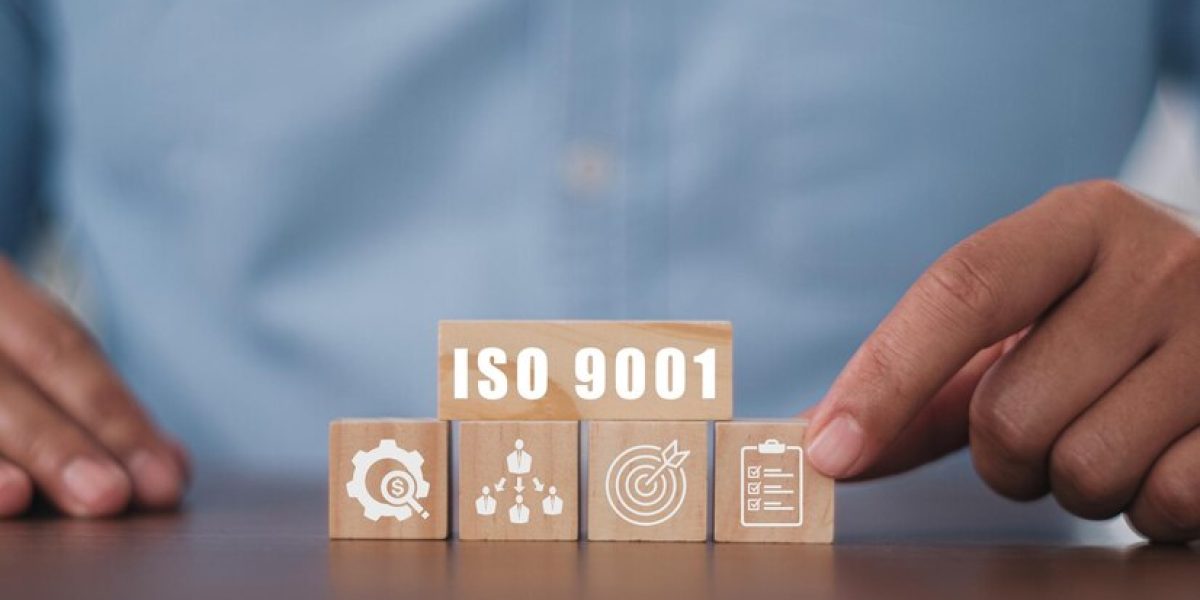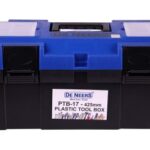Let’s face it: navigating the world of ISO 9001 certification can seem like a maze, especially when you’re knee-deep in the fast-paced, deadline-driven world of printing, packaging, and media. But what if this certification isn’t just a “nice-to-have” but a crucial step toward improving the quality of your products and processes—and building a reputation that stands the test of time?
You might be thinking, “ISO 9001, huh? What does that even mean for my company?” Well, that’s exactly what we’re going to break down here. By the end of this, you’ll understand not only what ISO 9001 certification is, but why it’s an absolute game-changer for businesses in your industry. Ready? Let’s get started.
So, What Exactly Is ISO 9001?
At its core, ISO 9001 is an internationally recognized standard for quality management systems (QMS). It’s all about ensuring your company consistently meets customer expectations while improving your products, services, and processes. In short: it’s about delivering on promises—every single time.
Now, why does this matter in the printing, packaging, and media world? Let’s think about it for a moment. In an industry where precision, consistency, and turnaround time are paramount, the stakes couldn’t be higher. A customer orders 10,000 custom packages, and every single one of them needs to be flawless. If even a small percentage are wrong, that’s a huge issue, right? That’s where ISO 9001 steps in.
How Does ISO 9001 Benefit the Printing, Packaging, and Media Industry?
Okay, so it sounds like a bunch of fancy acronyms, but how does it actually benefit your business? Good question.
- Improved Consistency and Reliability
Let’s face it: consistency is king. Whether you’re printing high-quality brochures or packaging the next big consumer product, your clients expect perfection. One mistake can cost you a contract or, worse, damage your reputation. ISO 9001 forces you to document, standardize, and constantly monitor your processes, ensuring that the end product is exactly what your customer ordered—every single time.
Think of it like the difference between a barista making your coffee based on their personal interpretation and a chain that has specific steps for how to brew your cup. ISO 9001 is your “recipe for success,” ensuring every print job, every packaging project, every media service follows a tried-and-true formula.
- Better Risk Management
In printing and packaging, errors are costly, both financially and reputationally. ISO 9001 helps you minimize risks by focusing on identifying potential issues before they snowball. It encourages regular audits, analysis, and feedback loops—so you’re not reacting to problems after the fact. You’re actively staying ahead of them.
- Customer Satisfaction = Loyalty
Here’s where the magic happens. ISO 9001 helps create a culture of customer focus. You’re not just making products; you’re solving problems and meeting specific needs. When your customers know that you follow a high-standard, systematic process, they trust that their expectations will be met. And trust is everything in business.
ISO 9001’s emphasis on continual improvement also means you’re always striving for better service, quicker delivery, and higher-quality products. This leads to customer satisfaction, and ultimately, customer loyalty.
- Competitive Advantage
In a crowded market, having ISO 9001 certification can set you apart from the competition. It demonstrates your commitment to quality and professionalism. It’s also an attractive proposition for potential clients who are looking for a reliable, high-quality partner.
Let’s be real: in the printing and packaging world, you’re not just competing with local players. Global competition is fierce, and every small edge you can get makes a difference. ISO 9001 might just be the secret weapon you need to stand out.
- Cost Efficiency
Running a business involves constant pressure to reduce costs and improve efficiency. Believe it or not, ISO 9001 can help you achieve that. By streamlining your operations and creating more efficient workflows, you’ll find ways to reduce waste, save time, and cut unnecessary costs. When done right, ISO 9001 becomes a pathway to not just better quality, but lower operational costs.
The Certification Process: What’s It All About?
Let’s be honest: getting certified isn’t as simple as showing up and filling out a form. But don’t worry, it’s definitely worth the effort—and the process doesn’t have to be overwhelming. Here’s a breakdown of how it typically goes:
1: Understand the Requirements
Before you start, make sure your team understands what the ISO 9001 standard entails. It’s not just about printing or packaging products; it’s about a broader quality management system that encompasses everything from procurement and production to customer feedback and continuous improvement. It’s all about building an integrated approach to quality.
2: Gap Analysis
Next up: identify where your company currently stands in relation to the ISO 9001 standard. A gap analysis helps you pinpoint areas where your processes might be lacking or non-compliant. It’s a bit like looking at your old, worn-out shoes and realizing they need some TLC before you step out for the day.
3: Plan and Implement Changes
Once you know where the gaps are, it’s time to roll up your sleeves and make some changes. Whether it’s introducing new documentation practices or enhancing employee training, the goal is to ensure all processes align with ISO 9001 standards.
4: Internal Audit and Review
Before you go for the big certification, it’s important to conduct an internal audit. This is your “practice round” to check whether everything’s working as it should. You might uncover areas that need fine-tuning, but that’s exactly the point of the audit—to ensure you’re ready for the real deal.
5: Certification Audit
This is the big moment: the official audit. You’ll bring in a third-party ISO auditor who will assess whether your processes are truly aligned with the ISO 9001 standard. If all goes well, you’ll receive your certification. If not, don’t worry—you’ll get feedback on what needs improvement, and you can try again after making adjustments.
How Does ISO 9001 Apply to Different Segments of Printing, Packaging, and Media?
ISO 9001 is a flexible standard, and it can be tailored to meet the specific needs of different sectors within the printing, packaging, and media industry. Whether you’re focused on high-volume commercial printing, custom packaging solutions, or media production, there are unique benefits at every stage:
Printing
For printers, ISO 9001 certification ensures that every print run—whether it’s a few copies or thousands—meets the exact specifications. It helps streamline workflows, reduce errors, and improve production timelines, which is critical when deadlines are tight and customer expectations are high.
Packaging
In packaging, quality control is non-negotiable. A single misstep in production could lead to faulty packaging that doesn’t protect the product as intended. With ISO 9001, you create a robust system for monitoring the quality of materials, processes, and finished products. This leads to fewer errors, reduced waste, and ultimately, cost savings.
Media
For media companies, ISO 9001 can enhance content production by improving workflows, fostering collaboration, and ensuring that every project meets a high standard. From editorial to digital design, the focus is on efficiency and accuracy, all while meeting or exceeding client expectations.
Final Thoughts: Is ISO 9001 Right for Your Business?
If you’ve made it this far, you’re probably starting to see the value ISO 9001 could bring to your company. It’s not just about ticking a box to satisfy a certification body—it’s about creating a system that guarantees quality, boosts efficiency, and fosters trust with your customers.
While the certification process can take time and effort, the rewards are more than worth it. In the competitive and fast-moving world of printing, packaging, and media, ISO 9001 is a powerful tool to build a solid reputation, drive customer loyalty, and stay ahead of the curve.
And let’s be honest, who doesn’t want that kind of edge?












